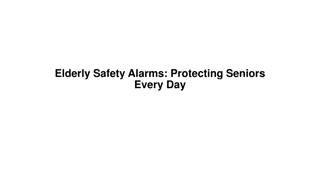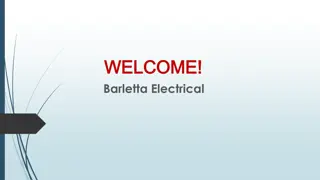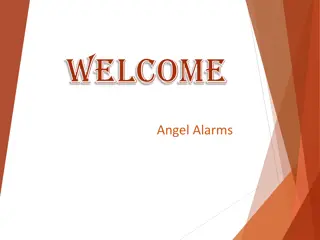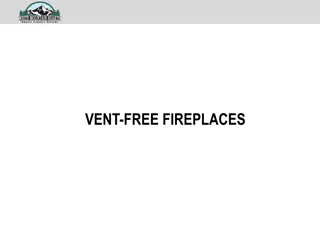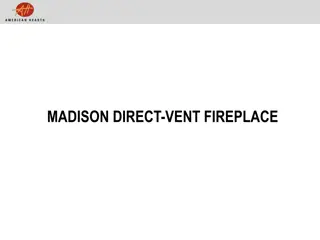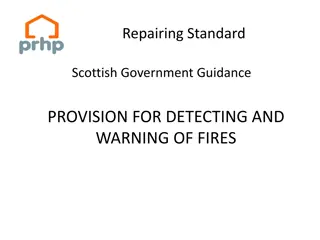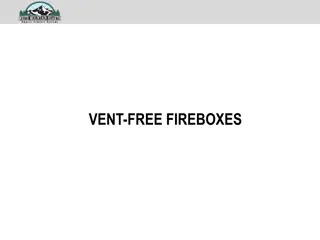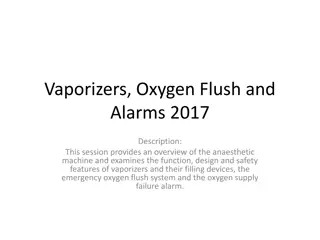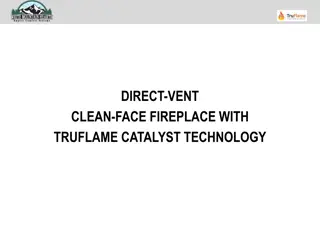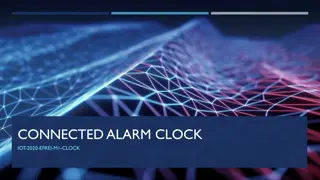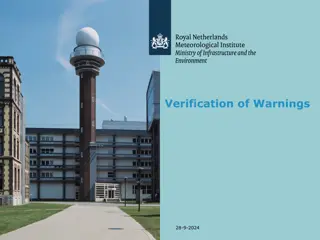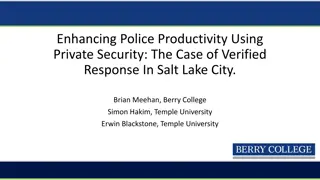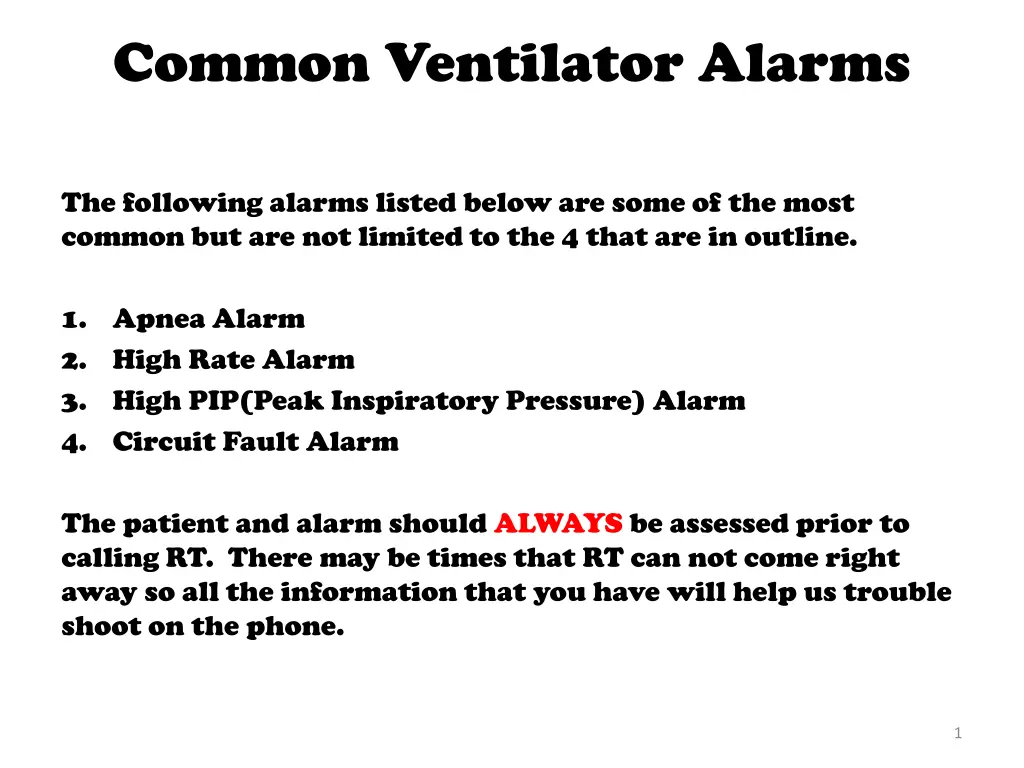
Understanding Common Ventilator Alarms
Learn about the most common ventilator alarms including apnea, high rate, high PIP, and circuit fault alarms. Understand the causes of each alarm and how to respond effectively to ensure patient safety. Proper assessment and troubleshooting tips are provided to assist healthcare providers in managing ventilator alarms promptly and efficiently.
Download Presentation

Please find below an Image/Link to download the presentation.
The content on the website is provided AS IS for your information and personal use only. It may not be sold, licensed, or shared on other websites without obtaining consent from the author. If you encounter any issues during the download, it is possible that the publisher has removed the file from their server.
You are allowed to download the files provided on this website for personal or commercial use, subject to the condition that they are used lawfully. All files are the property of their respective owners.
The content on the website is provided AS IS for your information and personal use only. It may not be sold, licensed, or shared on other websites without obtaining consent from the author.
E N D
Presentation Transcript
Common Ventilator Alarms The following alarms listed below are some of the most common but are not limited to the 4 that are in outline. 1. Apnea Alarm 2. High Rate Alarm 3. High PIP(Peak Inspiratory Pressure) Alarm 4. Circuit Fault Alarm The patient and alarm should ALWAYS be assessed prior to calling RT. There may be times that RT can not come right away so all the information that you have will help us trouble shoot on the phone. 1
Apnea Alarms Apnea Alarms When the ventilator detects 20 seconds of apnea or lack of patient effort, the Apnea Interval alarm will be activated. If the Apnea Interval alarms is triggered, the ventilator will immediately default to the back up rate set by the Respiratory Therapist. Stay with patient and assess that this is truly apnea and notify RT ASAP. Never silence alarm without knowing and correcting reason for alarm. 2
High Rate High Rate & & High PIP Alarms High PIP Alarms (Peak Inspiratory Pressure) (Peak Inspiratory Pressure) When a High Rate and/or High PIP alarm is triggered, you need to assess patient for these common reasons for alarms: Coughing Secretions consider suctioning ETT via inline suction catheter. Patient biting endotracheal tube(calm patient and/or consider sedation) Patient agitated (increased sedation may be indicated) Patient trying to talk If you have identified one of these causes, corrected it or it is an isolated event no need to call Respiratory Therapist. ALWAYS LOOK AT PATIENT & ASSESS. Call RT ASAP if you are unsure. Never silence alarm without knowing and correcting reason for alarm. 1. 2. 3. 4. 5. 3
Circuit Fault Circuit Fault Alarm Alarm A Circuit Fault alarm should be taken VERY SERIOUSLY SERIOUSLY! This indicates that there has been a disconnection from the ventilator. The 2 pictures below are just a couple of common areas that become disconnected. If you can not find where the disconnection is quickly, you need to prepare to manually ventilate the patient with Ambu bag via ETT with Oxygen and have someone call RT ASAP. Never silence alarm without knowing and correcting reason for alarm. VERY 4
In-Line Suctioning In-Line suctioning is a closed system. Gloves must be worn but doesn t require a sterile process. Always pre-oxygenate patient by pressing 100% O2 button. Advance catheter until patient coughs, secretions visible in ETT or resistance is met. DO NOT BE FORCEFUL! Trauma can occur and cause bleeding. Withdraw catheter at a steady pace with suction button pressed. This should take no longer than 10 seconds. Catheter should be fully withdrawn from ETT until catheter tip is past valve. Monitor patients heart rate , Spo2 and tolerance of suctioning. Be sure to let patient rest between suction attempts. Indications for suctioning: Coughing with or without visible secretions in Endotracheal Tube Coarse crackles/Rhonchi breath sounds **** Do not suction patient just because they are desaturating. Remember that suctioning not only removes secretions but oxygen as well. That is why pre-oxygenation it vital.**** 5

